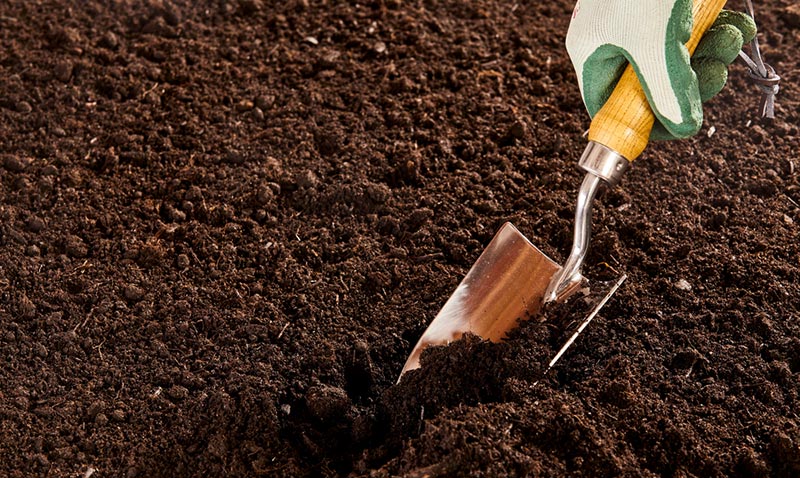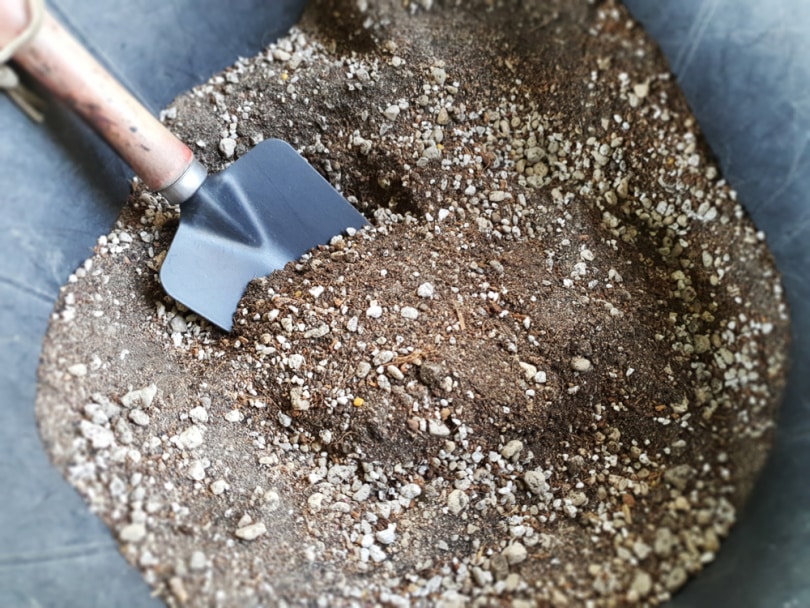How to Make Sure You Have Well-Drained Soil: 5 Ways
-

- Last updated:

Having well-drained soil is essential for healthy plants and a thriving garden. If the soil doesn’t drain properly, it can hold too much water, leading to root rot, disease, and other issues.
Fortunately, there are several ways to ensure your soil has proper drainage. Here are some tips on how to make sure your soil is well-drained.

The 5 Ways to Make Sure You Have Well-Drained Soil
1. Sandy Soil
Sandy and coarse soils are more likely to drain quickly than heavy, clay-based soils. Adding organic matter like compost can help provide key nutrients while improving soil drainage.
Start by loosening the soil and adding compost. Mix it into the top few inches of the soil to encourage drainage. Try adding around ½ inch of compost to the soil and mixing it in.

2. Add Organic Amendments
Organic amendments like peat moss can help to improve soil drainage. You can mix it into the top layer of soil, which will absorb water, allowing it to drain away from the roots.
Mix one part peat moss with two parts soil and spread it over the top of your flower beds. This will help to keep water away from the roots and reduce the chances of root rot.
3. Test for Drainage
It’s important to make sure your soil is draining properly by testing it. To do this, dig a hole about a foot deep and a foot wide. Fill it up with water and allow it to drain. Once it’s completely drained, fill it up again.
At this point, start measuring the water’s depth every hour for the next three hours. If your soil is well-drained, the water in the hole should decrease by about an inch every hour. If the water doesn’t drain this quickly, you may need to add more organic material, like compost or the peat moss discussed above.

4. Redirect Water
If you have an area prone to flooding or standing water, it can be helpful to redirect the water away from the soil. You can do this by creating a small trench around the area and directing the water away from the plants.
You can also place stones or rocks in the trenches to help break up the flow of water and reduce the chances of flooding. Be sure to till the soil in the area to allow for better drainage, as well.
5. Install Gutters
If your flower beds are close to the house, it’s a good idea to install gutters and downspouts. This will help to keep water from the roof from pooling in your flower beds, which can lead to problems with soil drainage.
Install gutters along the edge of your roof and connect them to downspouts that direct the water away from your flower beds. You can use gutters in conjunction with example #4 (redirecting water) to keep water directed away from your flower beds or garden.


Tips for Healthy Soil
Now that you know some methods for ensuring well-drained soil, it’s time to learn more about what healthy soil looks like. Regularly checking your soil for signs of health is essential to maintaining a thriving garden.
- Test the pH Level: Knowing the acidity of your soil is key to understanding its fertility. Depending on the plants you’re growing, you may need to adjust the pH level of your soil for optimal growth. Test kits are widely available and easy to use.
- Add Nutrients: Healthy soil should contain a variety of nutrients like nitrogen, phosphorus, and potassium. If these elements are lacking in your soil, you can add them using organic composts or fertilizers.
- Aerate Your Soil: Ensure that your soil is not compacted by aerating it regularly. Aeration helps to keep air, water, and nutrients circulating properly in the soil. You can aerate your soil with a rake or an aerator machine.
- Monitor the Drainage: Keep track of your drainage system to make sure that it is still effective. If you find that water is not draining properly, this could be a sign of an issue with the soil’s structure or its pH levels.

Conclusion
Good drainage and healthy soil are essential for maintaining a lush garden. After you’ve made sure that your soil is draining optimally, turn your attention to keeping it healthy and nutrient rich. Regularly testing your soil and providing ongoing care and maintenance will ensure that your garden blooms with success.
Featured Image Credit: stockcreations, Shutterstock
Contents
